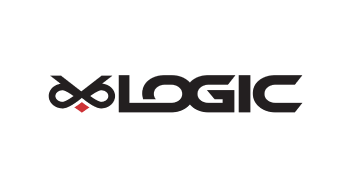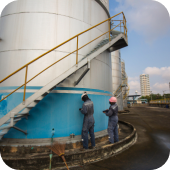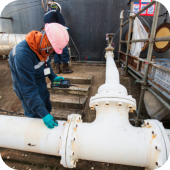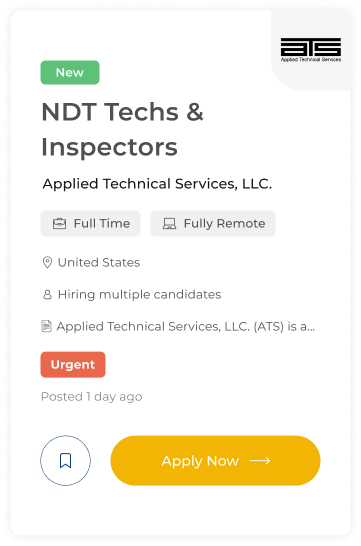

Logic Ndt Solutions
Logic has since grown into a leading project delivery company with a strong background in Inspections who aim to provide stellar service to our customers in multiple service sectors.
Overview
Logic NDT Solutions Ltd was born in the light of the global market crash in April 2009. Our founders saw opportunity through the cloud of recession and economic turmoil within the oil and gas industry and knew they could build a company with a base to outlast.
Logic has since grown into a leading project delivery company with a strong background in Inspections who aim to provide stellar service to our customers in multiple service sectors. Your satisfaction in the services and documentation you are provided is paramount in importance to us, and we continuously strive to ensure your demands are being met.
Our objective is to provide innovative, sustainable and cost-effective solutions to the best interest of our esteemed clients. We aim to always offer best-in-class services to improve the operational capacity of our clients and help them grow their business with us.
With the interest of our clients and partners at heart, Logic NDT Solutions Ltd is driving forward through the surreal times put in front of us throughout the COVID-19 pandemic and the Oil & Gas turndown of 2020 – and are on track to come out stronger and more efficient on the other side.
Products
Services
Ads












